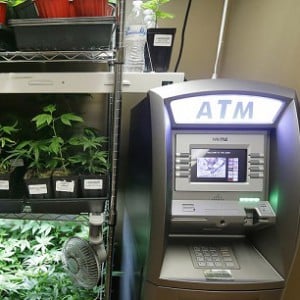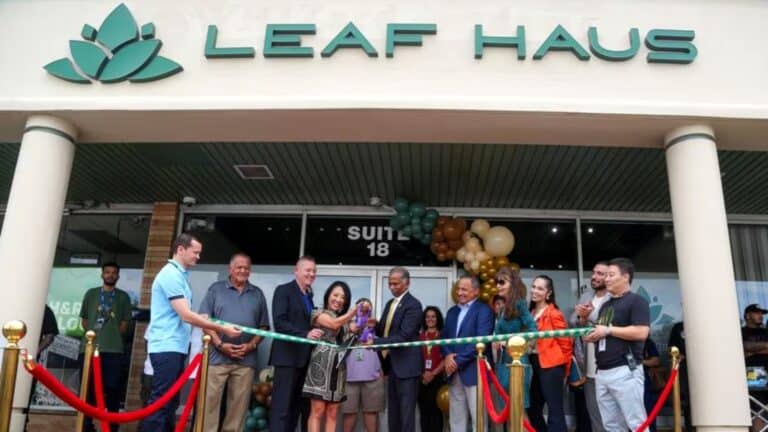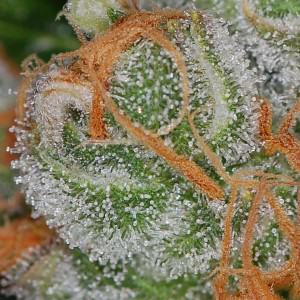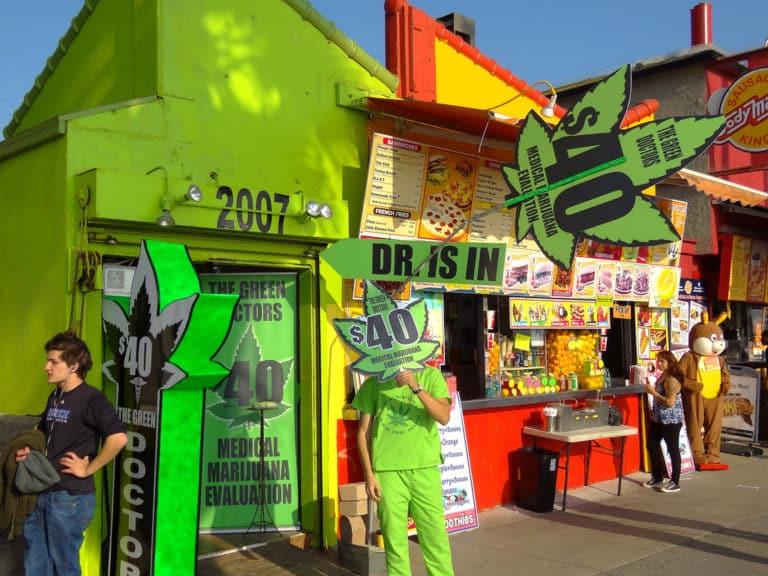 The price of legal recreational marijuana in a state will largely determine the extend of the effect on the marijuana black market in that state. In a state like Washington, where the price for marijuana is still very high, the black market will never completely go away. That was a big reason why Oregon’s Measure 91 proposed such a low tax rate on legal recreational marijuana sales. The initiative called for a flat tax rate of $35 an ounce. Oregon legislators are trying to go against the will of the people by changing the original tax rate to a sales tax, and allowing cities to impose their own taxes on marijuana sales. All of those taxes will add up, raise the cost of legal marijuana, and will help the ensure that the black market stays around for a long time.
The price of legal recreational marijuana in a state will largely determine the extend of the effect on the marijuana black market in that state. In a state like Washington, where the price for marijuana is still very high, the black market will never completely go away. That was a big reason why Oregon’s Measure 91 proposed such a low tax rate on legal recreational marijuana sales. The initiative called for a flat tax rate of $35 an ounce. Oregon legislators are trying to go against the will of the people by changing the original tax rate to a sales tax, and allowing cities to impose their own taxes on marijuana sales. All of those taxes will add up, raise the cost of legal marijuana, and will help the ensure that the black market stays around for a long time.
This is something that Colorado is realizing. Colorado has had a 10% tax rate on legal recreational marijuana sales since sales began at the beginning of 2014. That tax rate will lower in 2017. Per The Joint Blog:
Colorado Governor John Hickenlooper signed into law Thursday a bill that will permanently cut the state’s tax on recreational cannabis sales, in addition to establishing a one day cannabis tax-break.
The tax cut, from 10% to 8%, will go into effect in early 2017. Proponents of the move believe it will lower the price of cannabis which will help the legal cannabis market compete with the black-market.
The proposal also establishes a one day cannabis tax break, or what some call a tax holiday. On September 16th of this year, cannabis sales won’t be subject to the state’s 10% sales tax. This is due to what Governor Hickenlooper, who is publicly opposed to legalization, calls a “fiscal glitch” with the constitutional.
It will be interesting to see what a 20% reduction in sales tax will have on overall marijuana industry tax numbers. I would assume that the growth of the industry in Colorado in 2017 will more than offset any reduction in taxes generated. I’d like to see the State of Washington follow suit by lowering its tax rate on marijuana, and by much more than 20%. If that doesn’t happen, Washington’s industry will never reach its full potential.










